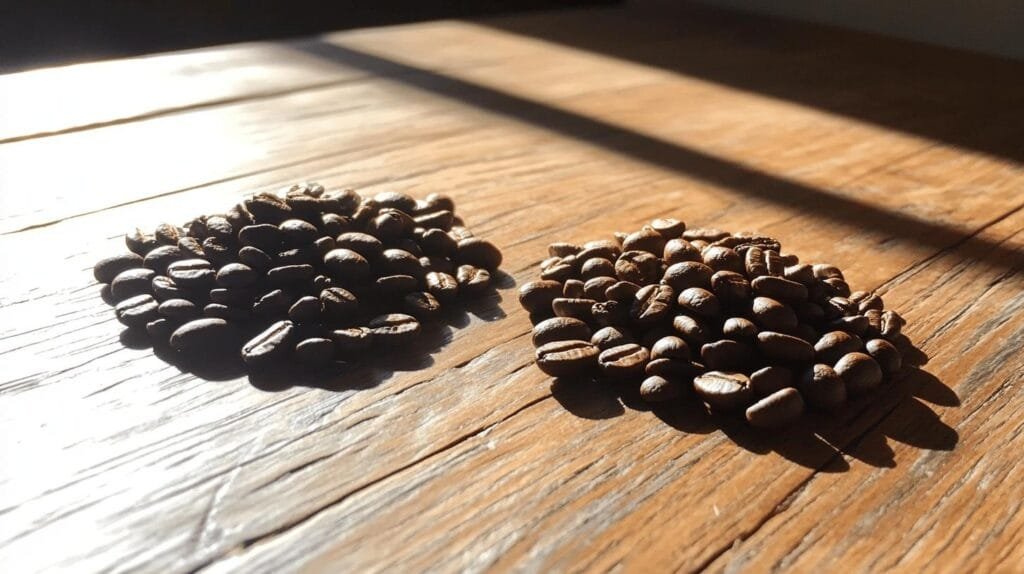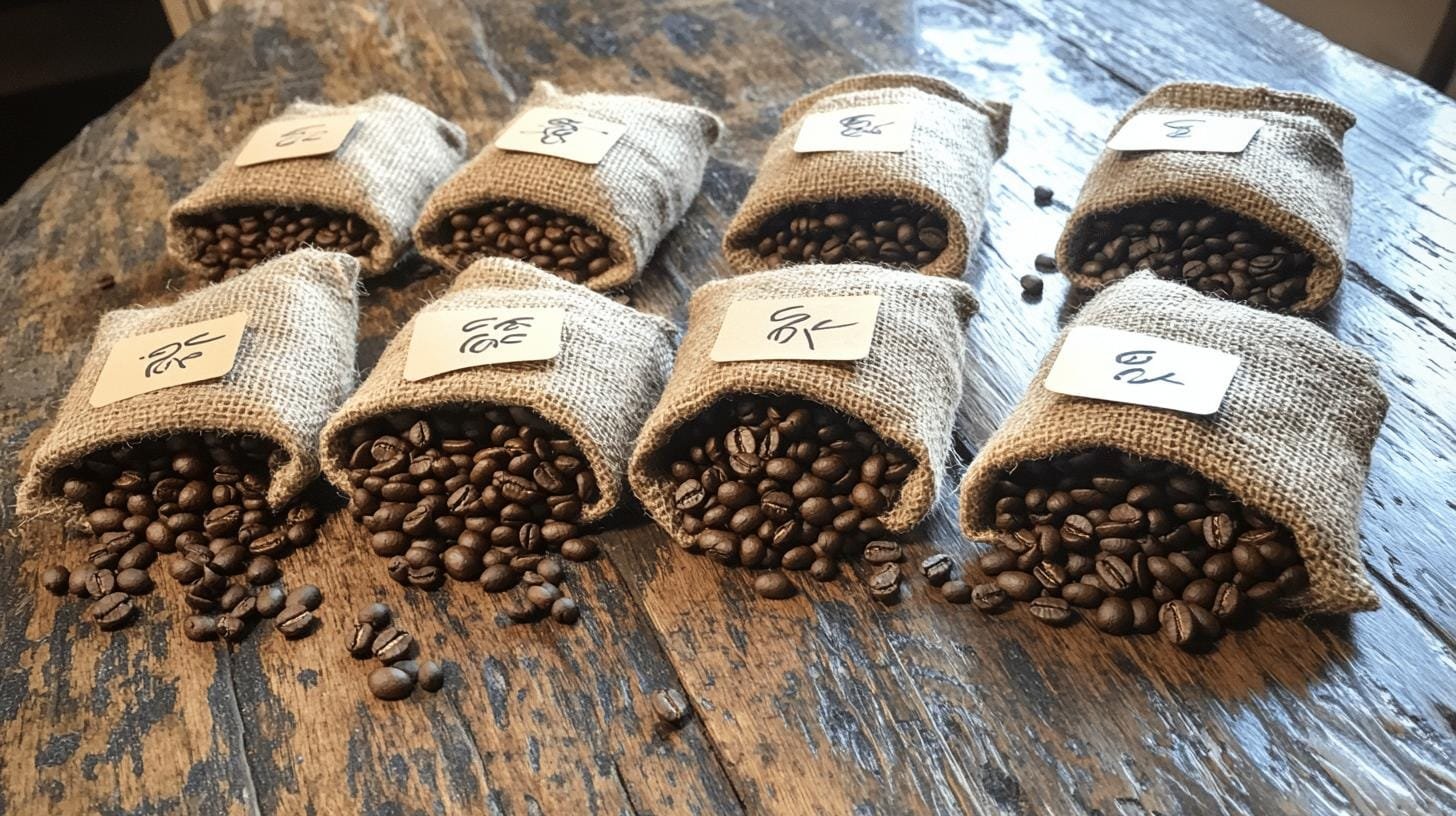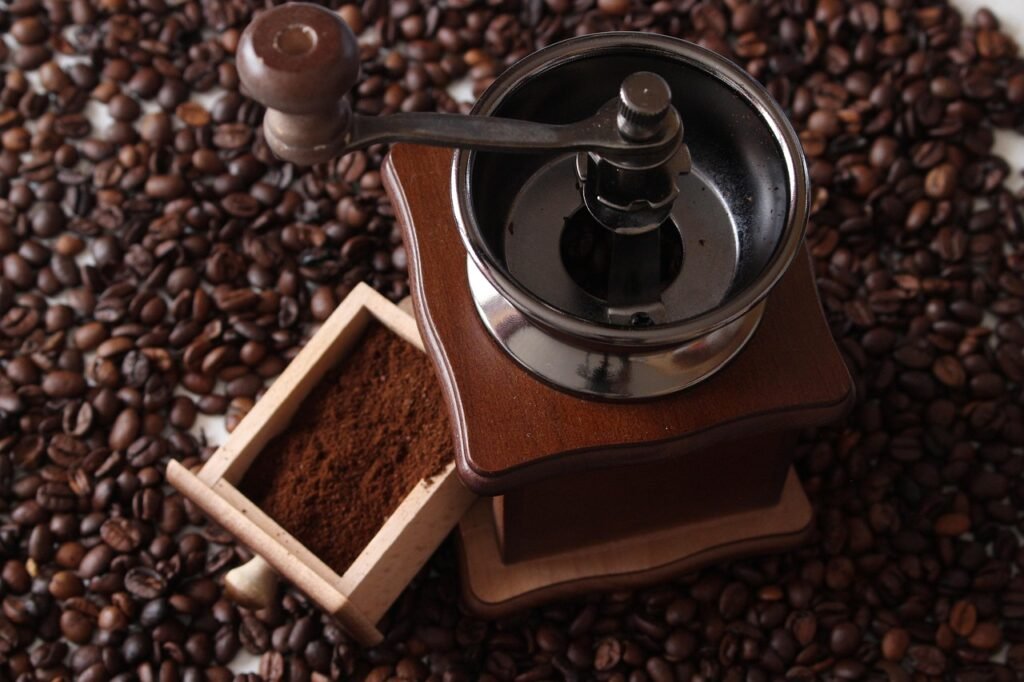
Artisanal Rituals for a Memorable Customer Experience
How can brands create a more balanced and memorable customer experience by blending artisanal product quality with thoughtful everyday rituals that keep people coming back?

Ever wondered why some coffee enthusiasts rave about micro lot and nano lot coffees? These rare coffee types are not just buzzwords; they’re the epitome of exclusivity and quality in the coffee world. Micro lot coffees are known for their precise cultivation and rich flavors, while nano lot coffees offer an even more refined experience with limited availability.
As coffee aficionados continue to seek exceptional flavor profiles and unparalleled traceability, understanding the difference between micro lot and nano lot coffee can guide you to the perfect cup. Read on to explore the nuances that set micro lot and nano lot coffees apart.
Micro lot coffee represents a specialized sector in the coffee industry. It comes from specific areas within farms or from a group of producers, yielding up to 40 bags. Each bag weighs about 60 kilos. The production process is meticulous, highlighting unique flavors and ensuring high quality.
This approach enhances traceability, letting consumers connect with where the coffee originates. Micro lot coffees usually score between 87 and 89 on the Specialty Coffee Association (SCA) scale, reflecting their quality and the care invested in their creation.
Focusing intensely on production, micro lot coffee results in exceptional taste and quality. Producers target smaller farm areas for experimentation with unique growing conditions. This leads to flavors that diverge from mass-produced coffees.
This method elevates the coffee’s quality and provides control over the beans’ consistency and character. Coffee enthusiasts and connoisseurs value micro lot coffees for their single-origin stories and unique taste experiences.

Nano lot coffee epitomizes exclusivity and rarity. Usually, it involves just one or two 60-kilo bags, unlike larger micro lot counterparts. This limited size highlights their status as special editions, focusing intensely on quality.
Nano lots typically score above 90 on the Specialty Coffee Association (SCA) scale. This stellar grading reflects their superior quality and precision in cultivation. Nano lots attract enthusiasts who cherish unique and distinct flavors.
Nano lot coffee production requires meticulous attention—from growth to harvest and processing. Each step is carefully managed to select only the best coffee beans. This involves picking the finest cherries, often from specific farm sections with optimal conditions.
The precision in their creation often exceeds quality expectations. Nano lots receive high SCA scores, showing a commitment to excellence. Each cup offers memorable taste experiences, characterized by unique flavors not found in larger batches.
Micro and nano lot coffees stand out for their size and exclusivity. Micro lots include up to 40 bags, offering more production scale than nano lots, which have fewer than 10 bags. This rarity makes nano lots more exclusive, reflected in higher SCA scores over 90 points. The limited nature of nano lots elevates them to a premium status among connoisseurs.
Micro lot coffees are celebrated for unique flavors from specific growing and processing conditions. They usually score between 87 and 89 on the SCA scale, suggesting high quality. Producers manage more bags but still highlight distinct characteristics from select farm areas. This balance ensures wide appeal.
Nano lot coffees offer unmatched exclusivity and complex flavors. Intensive production results in quality above 90 on the SCA scale. They display rare flavor profiles from limited size and precise techniques, making them ideal for unique experiences.

Micro and nano lot coffees’ fine quality and limited nature place them at premium prices. Their exclusivity and precise production raise prices. Nano lots, due to rarity and quality are premium offerings. Micro lots, although more common, still command high prices for unique profiles and traceability.
These trends push the coffee industry toward quality over quantity. There’s a noticeable shift to smaller, refined lots catering to discerning enthusiasts. Both micro and nano lots are gaining traction as niche offerings.
Producers invest in sustainable and innovative practices to enhance appeal, targeting audiences seeking transparency and quality.
Home roasting micro and nano lot coffees lets enthusiasts unlock exceptional beans’ potential. Home roasting allows tailoring roasting profiles, enhancing small-batch coffee flavors, with nuances often lost in mass production.
Control over the roasting process ensures each batch highlights specific flavors, whether floral nano lot notes or micro lot acidity.
For freshness and customization, home roasting ensures maximum freshness, as coffee is best soon after roasting when flavors peak. This freshness is often unavailable with pre-packaged beans. Personalized roasting also enables coffee lovers to experiment, making each cup tailored to taste.
Home roasting elevates coffee experiences, focusing on quality and personal taste, perfect for those passionate about micro and nano lot coffees.
Micro and nano lot coffees, distinct in size and exclusivity, captivate coffee enthusiasts with their unique flavor profiles and high-grade quality.
Micro lots, known for their traceability and specific production, and nano lots, celebrated for superior quality and rarity, offer unparalleled coffee experiences.
Understanding the difference between micro lot and nano lot coffee highlights their influence on market preferences and consumer demand for top-tier, traceable coffees.
These evolving trends shape the coffee industry’s future, making micro and nano lot coffees a significant part of premium selections, encouraging exploration and appreciation among aficionados.
A micro lot coffee is sourced from specific plots within a farm or a collective of producers. It involves precision in cultivation and processing, resulting in traceable lots with unique flavor profiles.
Micro roaster coffee is produced by small-scale roasters who focus on small batches, allowing for precise control over the roasting process to highlight distinctive flavors and aromas of high-quality beans.
Artisan coffee is crafted using traditional and skilled methods, emphasizing quality and flavor. It reflects a handcrafted approach in sourcing, roasting, and brewing, aimed at providing exceptional taste experiences.
Micro-lot coffee comes from a specific section of a farm and features unique flavors, while nano-lot coffee is an even smaller quantity, often just a few bags, showcasing exceptional quality from a single harvest. Nano lots represent the rarest selections, highlighting extraordinary characteristics in coffee.

How can brands create a more balanced and memorable customer experience by blending artisanal product quality with thoughtful everyday rituals that keep people coming back?

Independent coffee shops have always been about more than caffeine—they’re hubs of creativity, connection, and care. As café culture continues to evolve, new trends are

Introduction Independent cafes win when they feel like the neighborhood’s living room and operate with the discipline of a great kitchen. Below is a quick

Discover how top specialty coffee brands create lasting loyalty through storytelling, sourcing, and community connection. Real tips from 6 industry experts.

Discover the ultimate showdown between two beloved coffee brewing methods: the French press and Chemex. Explore how each technique caters to distinct palates, with the French press delivering bold flavors and the Chemex presenting a bright, clean taste.

Unlock the secrets to brewing the perfect cup of coffee with our comprehensive guide on using a coffee scale. Discover how precise measurements enhance flavor and consistency while eliminating bitterness.

Discover how water temperature plays a vital role in brewing the perfect cup of coffee. This article delves into the ideal temperature range of 195°F to 205°F for optimal flavor extraction, enhancing the enjoyment of high-quality beans.

Discover the world of curated specialty coffee bundles, perfect for enthusiasts seeking quality and craftsmanship. This article explores the benefits of ethically sourced, small-batch beans from brands like Equipoise Coffee, offering diverse flavor profiles that elevate your brewing experience.

Discover the art of manual brewing to elevate your coffee experience! This article explores various techniques like pour-over, French press, and AeroPress, revealing how they enhance flavor and your connection to every cup.